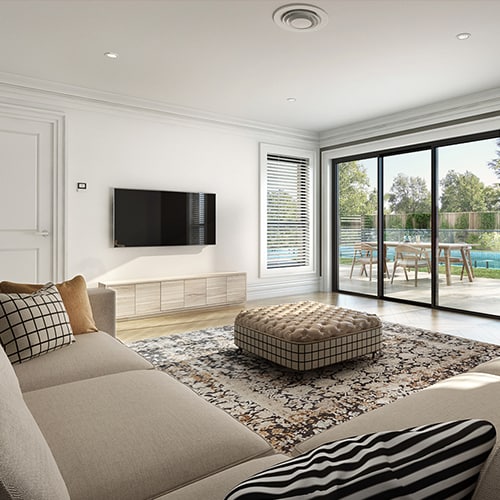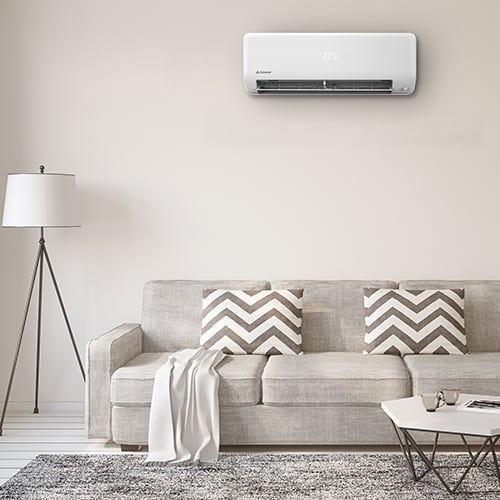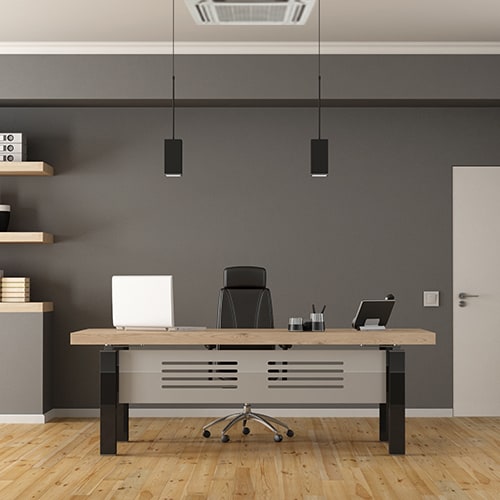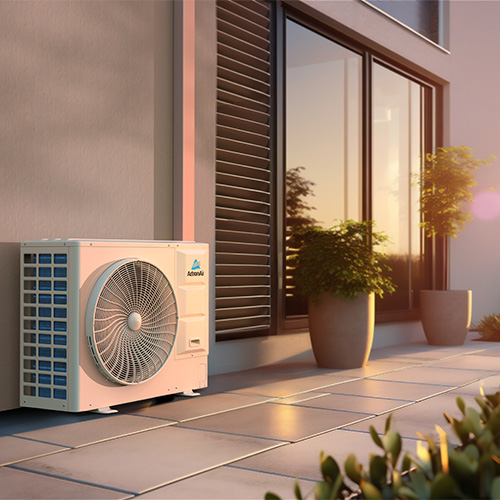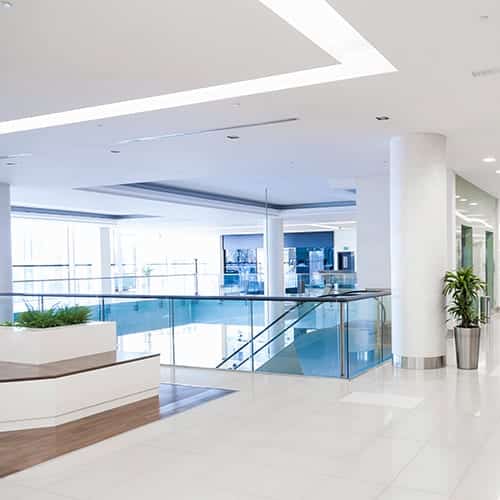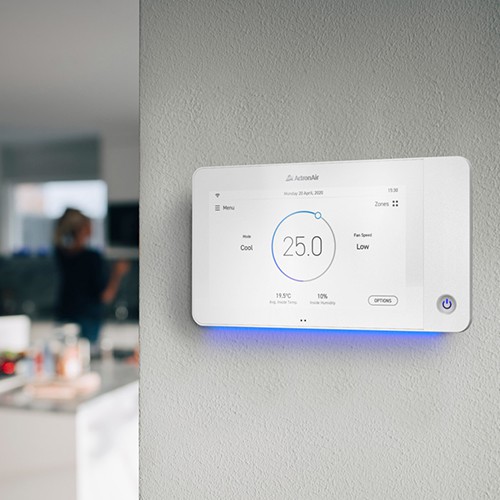If you plan on cooling a whole home or office, the main choice will be whether to go with a ducted or wall hung split air conditioner. Both of them will do a great job of keeping your space cool, but there are many differences between the two.
What Is a Ducted Air Conditioner?
Ducted air conditioners are common in the workplace, shopping centres and other large areas, but they are also increasingly common for the home. They involve a central location where the air is treated, then sent by fans through a system of ducts and into each room. Ducted air conditioners are great for keeping large areas at a uniform temperature.
What Is a Wall Hung Split Air Conditioner?
A wall hung split system differs from ducted air conditioning by having a separate compressor and indoor unit for each area that is being cooled (apart from multi head split systems, which have multiple indoor units attached to the single outdoor unit). The indoor and outdoor units are connected by piping instead of ducts. One of the main advantages of this kind of air conditioning is that it allows you to control the temperature in each room (although ActronAir’s Ultima feature, available on the Plus and Platinum ranges, allows you to do the same with your ducted air conditioning). for example, someone can be exercising on the treadmill with the AC cranked to the max, while another person can be nice and toasty while they watch a movie.
Which Is Easier to Install?
While both of these systems operate under essentially the same principals, installation is very different. Ducted air conditioning requires ducting throughout the whole house, vents installed in each room, as well as the central unit installed outside. Because of the extensive work, it is often easier to design air conditioning for houses and businesses with ducting, rather than retrofit it.
Split systems tend to be easier to install because the internal units are connected with piping, rather than ducting. Your home will still have to be modified with holes made for the hpiping, but this is less significant than ductwork. Each room will have an evaporator unit mounted on the wall, instead of the vents that ducted units have.
When you include equipment and installation costs, ducted systems tend to be more expensive upfront, especially for smaller applications. As the building gets bigger, these costs reverse, and a ducted system will become cheaper than installing a split system in each area.
Running Costs and Efficiency
Although ducted systems tend to cost more upfront, they are generally more efficient at cooling large areas than split systems. In saying this, the efficiency of central units comes from their scale. If your home would only need a small area cooled down (such as a bedroom) the majority of the time, with the whole house only cooled rarely (such as on Saturday night when guests come over), then a central system may not work out more cost effective over the course of the week.
Maintenance and Cleaning
In order to keep your air conditioning system running efficiently and to prolong its life, it will need to be cleaned and maintained. Not taking care of it will result in higher power bills and could even pose health risks to your family. Many people don’t realise that air conditioners can spread bacteria and disease if they are not maintained properly.
A ducted air conditioner should be inspected by a professional each year. They can examine the system to see if it is running effectively and if it needs any repairs. The filters should be changed at least twice per year, to make sure that they are catching debris properly. You should also do regular self checks to make sure that the system is running well. If you notice any strange noises or feel that it is not working properly, we recommend that you call out a professional to inspect the system.
While many maintain their own split systems, it is best to regularly bring out a professional to inspect them. They will be able to pick up things that the average homeowner never would, fix problems before they become disasters and also make sure your unit is operating at peak performance. Split systems also should have their filters cleaned regularly. The units and coils should also be cleaned regularly to make sure that the system is running effectively.
Aesthetics
Aesthetically, these systems differ quite significantly. They both feature units on the outside, which most homeowners tend to install out of view, often behind fences. On the inside, a ducted system is almost invisible – the only way you will know it’s there is if you see the vents or the controller on the wall. On the other hand, split systems are more conspicuous because their indoor units are oblong boxes that hang up high on the walls.
Some people can easily ignore them, while others can find them distracting, and they can at times present challenges in decorating your home. Whether this is an issue or not really comes down to your personal aesthetic preferences.
Ducted and Split Systems: The Final World
While each of these systems both essentially do the same job, there are many subtle differences in how each works. Whichever you choose will ultimately depend on your own situation and preferences. It is important to weigh up each aspect and you should consider both the short term and long term costs. They can both be great options, but you might find that one choice is much more fitting for your home than the other.


